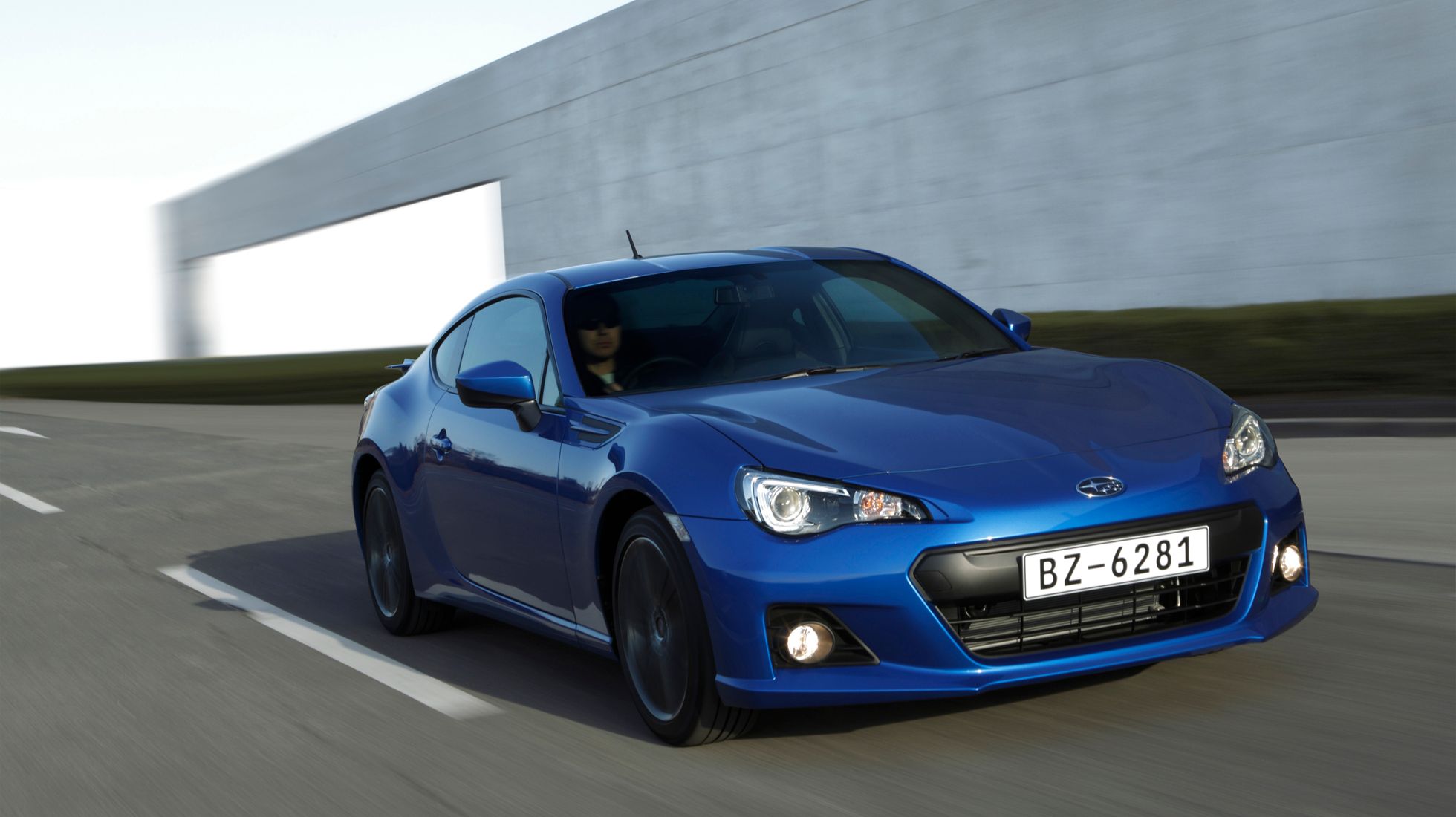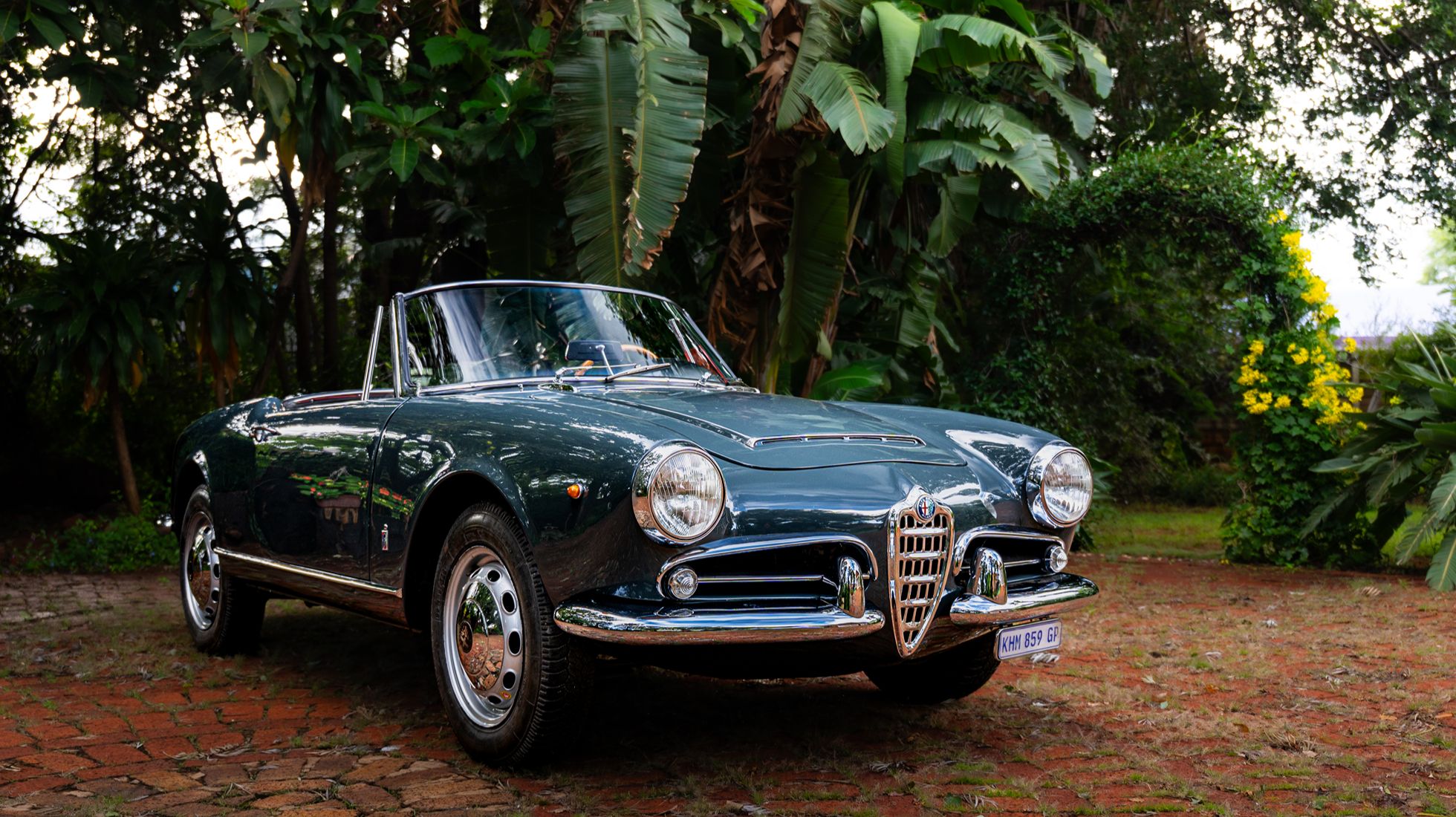The entire automotive field has seen a reasonable share of pivotal technological events over the years as more and more manufacturers work hard to keep up with ever-changing demands. From EV powertrains, to improved in-car technology, and even groundbreaking safety innovations, we've seen the rise and fall of many a great idea.
In 1876, a gentleman named Nicholas Otto constructed the first modern combustion engine that bore the Otto nameplate. It was a large stationary single-cylinder internal combustion 4-stroke powerplant with a low-revving threshold.
The Daimler Company saw a gap and perfected the concept by adapting it for transportation. Since then, the idea has been tweaked and fiddled with to become what it is today.
Vehicles in this day and age are classified by the type of fuel they use, by the number of cylinders, or by how air is sucked into the combustion chamber. Considering the latter, a vehicle is either naturally-aspirated or turbocharged. Both setups have their merits and shortfalls.
Naturally-aspirated technology is what started it all many moons ago, and it was later joined by turbocharged units in the 1950s. But because of the massive turbo lag and excessive costs these engines were associated with, manufacturers had to do in-depth research to find ways to make them work. For reference, the 1962 Chevrolet Corvair Monza was among the first cars powered by a turbocharged engine.
After comprehensively studying the technology, greater adoption of turbocharging was applied to passenger cars in the 1980s as a manner of increasing performance in smaller engines with less displacement.
Since then, turbocharged technology has become the norm with increased global demand for increased efficiency – without compromising power. Even with that said, it's not the end of the road for naturally-aspirated powerhouses as there are marques that still consider these as workable items; the V8s powering the likes of the Ford Mustang, Lexus LC500 and, on the opposite end of the scales, even some budget cars hogging the road today.
With this modern technology, the engines are paired with a turbocharger which consists of a turbine and air compressor that forces more air into the engine to produce more power.
As a keen petrolhead, you've probably read the two phrases countless times, either in TopGear or somewhere else, but in layman's terms, a naturally aspirated engine's air intake doesn't have any method of forced induction and solely depends on atmospheric pressure. Turbocharged engines, on the other hand, utilise turbine power and forced induction to shove extra compressed air into the engine's combustion chamber. This translates into more power.
So why are naturally-aspirated engines slowly dying? Its demise can largely be attributed to tighter emission regulations that are imposed on car manufacturers. Also, the need for improved fuel economy is shortening the rope of the trusty n/a engine. But it's also about moving technological advancements in a positive direction — carmakers are gunning for smaller engines with more power, and that, if we're realistic, won't materialise without any form of turbocharging.
Yes, old-school, naturally-aspirated engines still hold a respective value in the market today. Especially so in the budget vehicle segments where cars aren't built for the sole purpose of performance. This is why manufacturers like Honda, Suzuki and Renault continue to implement n/a powerplants in their bottom-tier vehicles.
The truth, and as unfortunate as it may sound; there's no going back. Turbocharging technology seems to be the winning formula as far as efficiency, performance and meeting tighter emission restrictions are concerned – until EVs are more sustainable, that is.
Some manufacturers such as Audi, BMW and Mercedes-Benz have found ways to make their engines more responsive using mild-hybrid technology, a method in line with the engine downsizing trend. Take, for instance, the Mercedes-AMG A45 S' M139 4-cylinder engine; making it the most powerful production 2.0-litre unit without any form of turbocharging just wouldn't have been plausible since an engine's diet consists of fuel and air. More air then means more power.
Which one is better, you ask? Well, turbocharging technology seems to work for nearly every manufacturer due to its ability to meet the requisite factors. As a cherry on top, they also sprinkle a bit of eco-friendliness, a treasured attribute for many a motorist.
Also, we believe that nothing surpasses the nostalgia of a free-breathing V6 or V8 engine that delivers consistent power throughout the powerplant's powerband. Be that as it may, naturally-aspirated engine technology just isn't future-proof.
Turbocharging technology brings a host of substantial refinements to the modern vehicle to further improve and meet tight emission regulations. If you haven't yet decided if your next car will be turbocharged or not, go with the trend and see how you won't only be saving money on fuel but also contributing towards a greener environment. Oh, and have some extra power under your right foot...

.jpg)








.JPG)



.jpg)









%20(1).jpg)






.jpg)









%20(1).jpg)
.jpg)
.jpg)




.jpg)






.jpg)

.jpg)
.jpg)
.jpg)
.jpg)
.jpg)
.jpg)

.jpg)
.JPG)

.jpg)
.jpg)
.jpg)
.jpg)


.jpg)
.jpg)

.jpg)
.jpg)

.jpg)

.JPG)

.JPG)
.JPG)
.jpg)












%20(1).jpeg)



.jpg)





%20(1).jpg)






.jpg)
.jpg)

.jpg)
.jpg)
.jpg)
.jpg)
.jpg)
.jpg)
.jpg)
.jpg)
.jpg)
.jpg)


.jpg)
.jpg)

.jpg)
.jpg)
.jpg)
.jpg)
.jpg)




